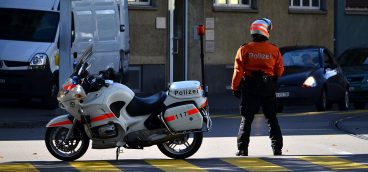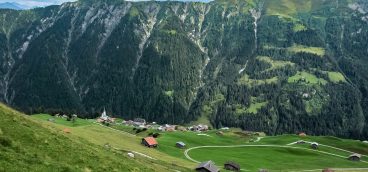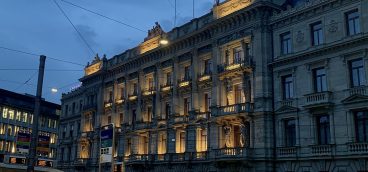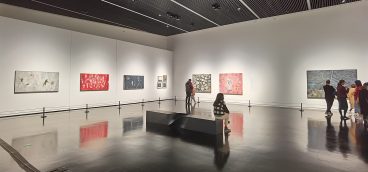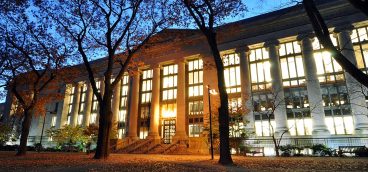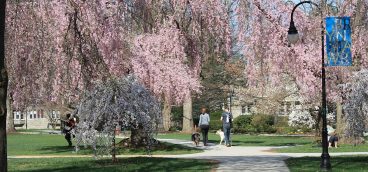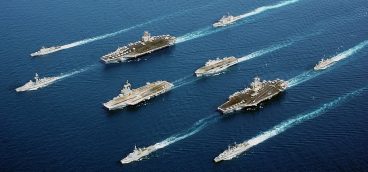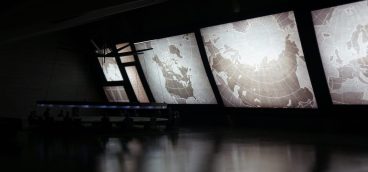Lucky Lindy
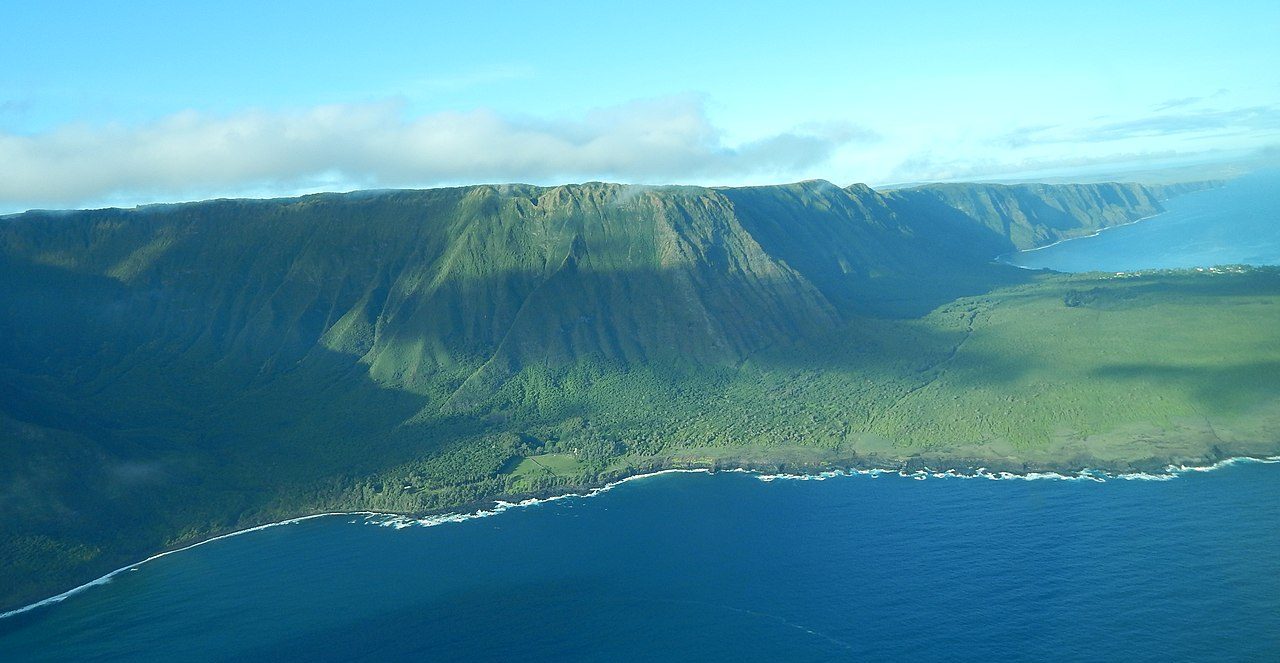
“Hi there big guy.” — Hawaiian Princess Kumonaywonalaya
At one point in my career I ran a family office for one of the world’s wealthiest families. When I joined the family office I knew – vaguely – that the Family (as I’ll call them, capitalized) was a major owner of property in the Hawaiian Islands. I knew that because they were well-known for funding the protection of beautiful and environmentally delicate places in the islands through organizations such as The Nature Conservancy and The Conservation Fund.
Naturally I believed that an important part of my new duties with the Family should be to travel to Hawaii and
Six years had gone by since I’d become president of the office and still I’d never been to Hawaii. But then one day my boss called and said, “How’d you like to go over to Kalaupapa and check something out for us?”
“What’s Kalaupapa?” I naturally said.
“It’s a place on the island of Molokai in Hawaii. The Nature Conservancy wants us to buy the place and preserve it, but Pat Noonan says it would be a waste of time.”
“Who’s Pat Noonan?” I naturally said.
“He used to run the Nature Conservancy but now he’s starting up something called The Conservation Fund. He’s one of those MacArthur Foundation geniuses so I suppose he knows what he’s talking about. Anyway, we can’t make heads or tails of it all, so we need someone to go over there and take a look. I know it’s a long annoying trip …”
But I was already on the other line to my travel agent.
I arrived in Honolulu, checked into my hotel and began drinking Mai Tais on the beach at Waikiki. After a few days of this I bestirred myself to find out how one got from Honolulu to Kalaupapa, Molokai. There was a travel agency in the hotel so I went down there and asked about it.
The lady recoiled from me in horror and said, “Why in the world do you want to go there?”
“I … well, my boss told me to go there and check it out.”
“But there must be some mistake – Kalaupapa is a leper colony!”
This turned out to be an exaggeration – only part of Kalaupapa was a leper colony, but even so this piece of information led to many more Mai Tais and then to a long-distance call back to my boss. She spent most of the call laughing. “Of course I know it’s a leper colony,” she said. “But if I’d told you that you wouldn’t have gone!”
Wow, I thought, in the history of the world, how many people have been tricked into going to Hawaii?
My boss went on to say that as far as she knew leprosy wasn’t contagious any more, “And if it is, just don’t shake hands with anybody.”
It turned out that the way you got to Kalaupapa – since nobody wanted to go there – was to take a smelly boat thirty miles to Molokai, then rent a smelly Jeep and drive it overland through impenetrable wet forests – there’s a volcano is the middle of that forest that rises 5,000 feet – and up to the Kalaupapa Peninsula where, sure enough, there was a leper colony at Kalawao.
As complicated as that sounds, it’s actually even more complicated because nearly half the island – 100,000 acres – was controlled by the Molokai Ranch, a private operation that didn’t look kindly on trespassers.
Then, once I got to the peninsula, I didn’t exactly feel welcome. I was handed a sheet of paper informing me that, among other things, no one under sixteen was permitted to visit; there are no medical facilities so don’t even think about getting sick; there are no restaurants or shops; photography is strictly prohibited; and there are no hotels, motels, or anywhere else to stay.
The only thing they forgot to tell me was that the three and a half-mile trail I had to take on foot was extremely steep and slippery and it was a sheer two thousand foot drop down to the Pacific Ocean.
After touring Kalaupapa I conferred with The Nature (“Buy! Buy! Buy!”) Conservancy and then with Pat (“No! No! No!”) Noonan. The Nature Conservancy’s argument boiled down to the fear that the Japanese, who were then buying everything in sight in Hawaii, would snap up Kalaupapa and erect an amusement park where kids could pretend they had leprosy.
Noonan’s argument was that the federal government owned most of the land on Kalaupapa and it made better sense to spend our time lobbying the feds to turn Kalaupapa into a national park – i.e., instead of using the Family’s money we would use Other People’s Money.
Naturally, we preferred the Noonan approach and, indeed, the feds eventually created a national park at the site. It’s called Kalaupapa National Historical Park and it’s run by the National Park Service – but, oh, you can’t visit it. The website says:
“Access to the park, including Kalawao County, the Kalaupapa Trail, the settlement, and Waikolu Valley, is restricted to residents and visitors with approved permits issued by Hawaii State Department of Health. Violations will result in arrest/fine. Currently, there is no active permitted tour operator, and no tours are available at this time.”
I went back to Honolulu and thought the matter over while sitting under an umbrella on Waikiki Beach drinking Mai Tais. Then I flew back home and recommended to the Family that we forget about buying the Kalaupapa Peninsula. Instead, we worked with The Nature Conservancy to preserve some delicate areas at Kalaupapa, but we were happy to use Other People’s money to preserve the peninsula itself.
I then spent a happy six months during which the word “Hawaii” never crossed my mind and I assumed I was through with the place. I was wrong – I was just getting warmed up.
Next up: Lucky Lindy, Part 2



